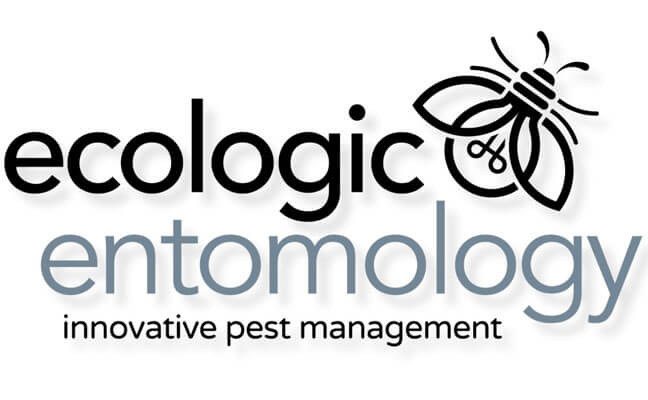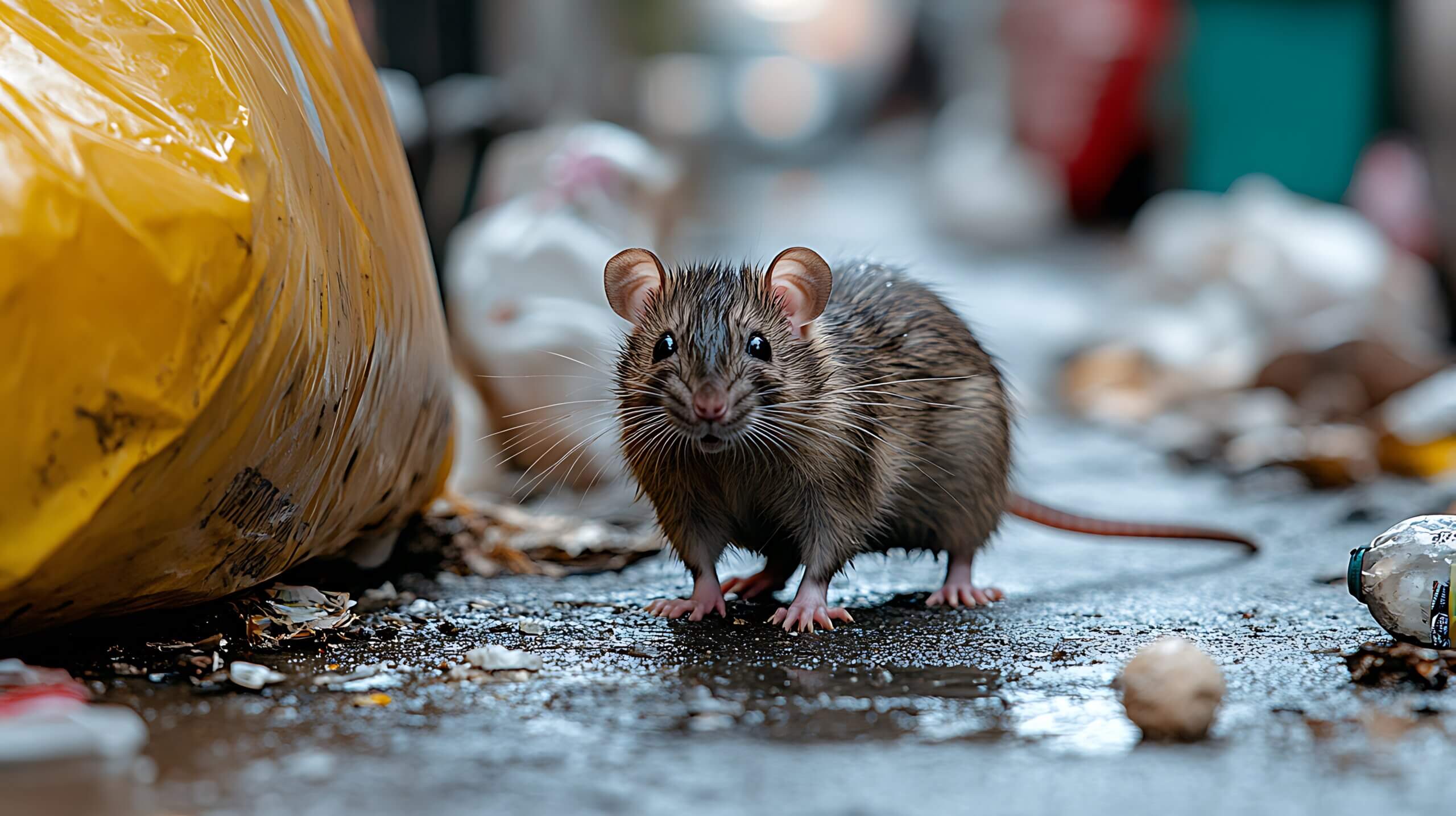The Persistent Challenge of Urban Rodent Control
Urban rodent control presents a complex and persistent challenge for city governments, public health officials, and residents alike. Rodents, particularly rats and mice, thrive in dense human populations where food waste, shelter, and access to water are abundant. Traditionally, chemical rodenticides have been the go-to solution for managing rodent populations due to their efficacy and relatively low cost. However, growing concerns over environmental impact, non-target species poisoning, and public health risks have led to increased interest in non-chemical methods. While this shift aligns with sustainable and humane pest control philosophies, it also introduces a number of significant challenges that complicate efforts to effectively manage rodent populations in urban settings.
Rodent Adaptability and Reproductive Rates
One of the most pressing issues in non-chemical rodent control is the limitation of alternative methods in terms of scalability and effectiveness. Mechanical traps, such as snap traps and live-capture devices, require frequent monitoring, resetting, and maintenance. In large urban areas, deploying and maintaining traps on a city-wide scale demands considerable labor and resources. Unlike rodenticides, which can be strategically placed and left to act over time, traps rely on consistent human intervention. This becomes particularly problematic in under-resourced neighborhoods, where pest control services may be infrequent or inconsistent.
Moreover, rodents are intelligent and adaptable creatures. They quickly learn to avoid traps and other control measures, a phenomenon known as neophobia—the fear of new objects in their environment. This adaptability can render mechanical or baitless control methods ineffective over time, especially when used in isolation. In addition, the breeding rate of rodents is high; a pair of rats can produce hundreds of offspring in a single year. Without a robust, sustained control strategy, rodent populations can rebound quickly after initial reductions.
Dependence on Public Participation
Another major challenge is the reliance on public participation and behavior change. Non-chemical rodent control often emphasizes preventive measures such as sanitation, proper waste management, sealing entry points, and eliminating food and water sources. While these are crucial to long-term control, their success depends heavily on the cooperation and consistency of urban residents, businesses, and municipalities. Educating the public, enforcing waste disposal regulations, and maintaining infrastructure all require ongoing effort, coordination, and funding. In many cities, socioeconomic disparities lead to uneven implementation of these strategies, making some areas far more vulnerable to infestations than others.
Ecological and Ethical Considerations
There are also ecological and ethical considerations involved. Non-chemical methods like the use of biological controls—introducing predators or contraceptive techniques—can have unintended environmental consequences and are still largely experimental in urban contexts. Ethical debates also arise around the treatment of rodents, especially when live traps or lethal mechanical methods are used. Balancing humane treatment with effective population control remains an ongoing concern in the development of alternative rodent management strategies.
Health Risks and the Need for Effective Solutions
Furthermore, the absence of chemical rodenticides does not eliminate the health risks posed by urban rodents. Rodents are vectors for a variety of diseases, including leptospirosis, hantavirus, and salmonellosis. In densely populated areas, any lapse in rodent control can quickly escalate into a public health crisis. Thus, non-chemical strategies must be not only sustainable but also sufficiently aggressive to keep rodent populations below thresholds that pose risks to human health.
Conclusion: A Call for Comprehensive Strategy
In conclusion, while the move away from chemical rodenticides is a positive step toward environmentally responsible and humane urban pest management, it introduces a set of complex challenges. The limitations of non-chemical tools, the need for intensive human involvement, the adaptability of rodents, and the socio-economic variables of urban environments all contribute to the difficulty of achieving effective control. Overcoming these challenges will require innovation, investment in infrastructure and education, and a coordinated effort among public agencies, communities, and pest management professionals. Only through a comprehensive and adaptive approach can cities hope to sustainably manage rodent populations without relying on chemical rodenticides.

